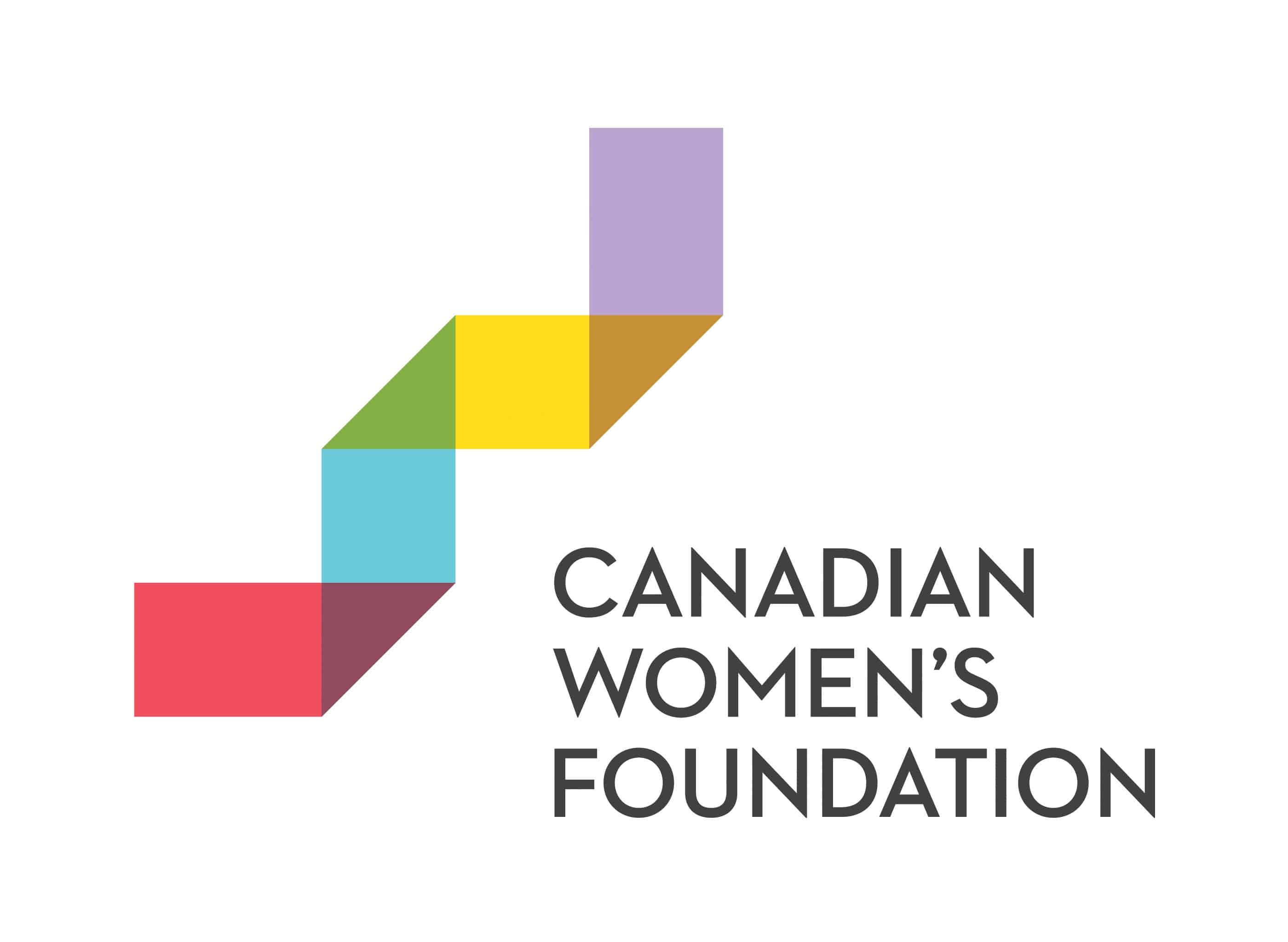
On top of the emotional stress, it’s a challenge for many women who leave their abusers to find affordable housing. Across Canada, housing prices have been steadily rising, with experts sounding alarms over a severe shortage of affordable housing to buy or rent. Many women face a difficult choice between living with violence and living in poverty.
Shelters help to bridge the gap, providing immediate refuge while women determine their next steps. First-stage emergency shelters provide much-needed safety and support for women and children escaping domestic violence, for up to about 10 weeks. Second-stage shelters provide safe, affordable transitional housing over a longer period of 6 to 12 months, to help women and their children rebuild their lives as they look for permanent housing.
In reality, stays in shelters are much longer due to the shortage of affordable housing. And there is often more demand for space than shelters can accommodate. On a sample night in 2014, shelters across Canada took in 7,969 women and children, but they also had to turn away 338 women and 201 children, most often because the shelters were full.
For women who stay in shelters, the services go far beyond rooms and beds: shelters have specialized programs that provide critical support to women and children who are starting over.
At Harmony House, a second-stage shelter in Ottawa, women and children have access to many supports: a food bank program, assistance with legal processes (whether legal, family, or criminal), peer support groups and counselling, housing and job-search assistance, and programs for children. Even if a woman had gone to the police to report domestic violence, she and her children may still face threats and harassment from her former partner, so they need extra safety protocols.
In the video series below, Executive Director Leighann Burns discusses how Harmony House helps women and children navigate a difficult journey. As Leighann says, “it takes time to plan your way out of an abusive relationship, and then plan your way into your new life.”
Watch and learn more:
What is a second-stage women’s shelter?
What barriers do women face when leaving domestic violence?
How do shelters support mothers and children leaving domestic abuse?
Harmony House is one of the 455 shelters supported by the Canadian Women’s Foundation.
Learn More
- Day 13: Illustrating How Emotional Abuse Feels
- Day 12: Remembering the École Polytechnique Massacre
- Day 11: Building a National Strategy on Sex Trafficking
Take Action
- Join GEN1. Become a monthly donor and help us build the first generation free of violence against women.
- Sign up for our e-newsletter to have our latest stories and resources sent to your inbox.
- Follow us on Facebook and Twitter to join a national conversation on gender equality.






